Struggling to scale your integrations?
All Guides

The Build vs Buy GuideShould a B2B SaaS company build or buy an integration platform? Explore the trade-offs and see how buying shifts your devs' focus to your core product.

The Executive's Guide to Overcoming B2B SaaS Integration ChallengesSee how Prismatic helps executives create solutions for their integration challenges.

The Product Manager's Guide to Overcoming B2B SaaS Integrations ChallengesSee how Prismatic helps product managers create solutions for their integration challenges.

The Developer's Guide to Overcoming B2B SaaS Integrations ChallengesSee how Prismatic helps devs create solutions for their integration challenges.
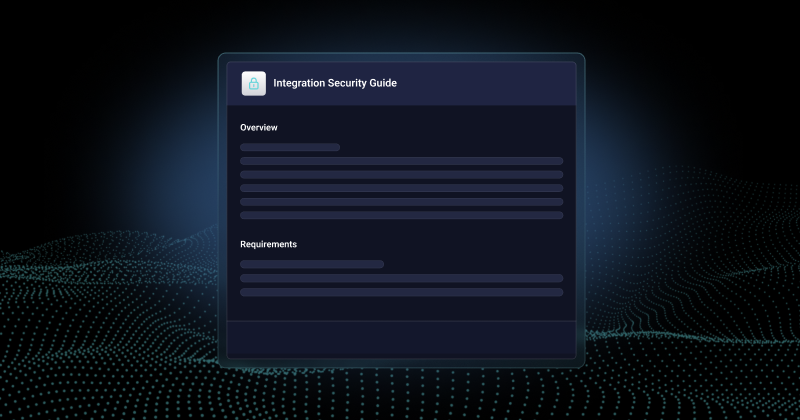
Integration Security for B2B SaaSLearn about the importance of integration security, security threats, and security best practices.
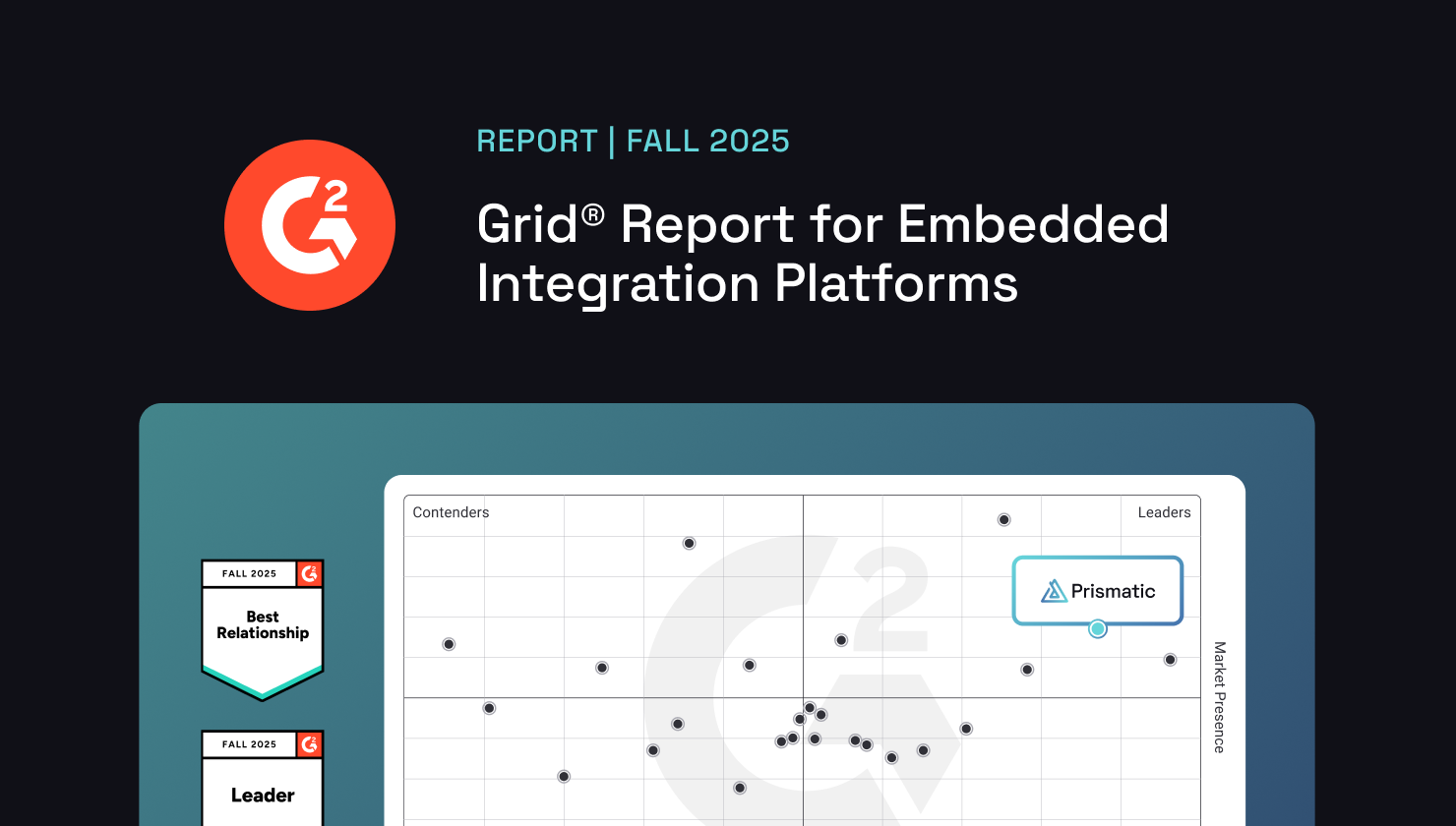
Embedded iPaaS Comparison Fall 2025Discover the right embedded iPaaS for you. G2's Fall 2025 Report compares embedded integration platforms based on real user satisfaction ratings.

Integration Specification TemplateGet the template that makes it easy for your integration team to identify and manage requirements for your integrations.
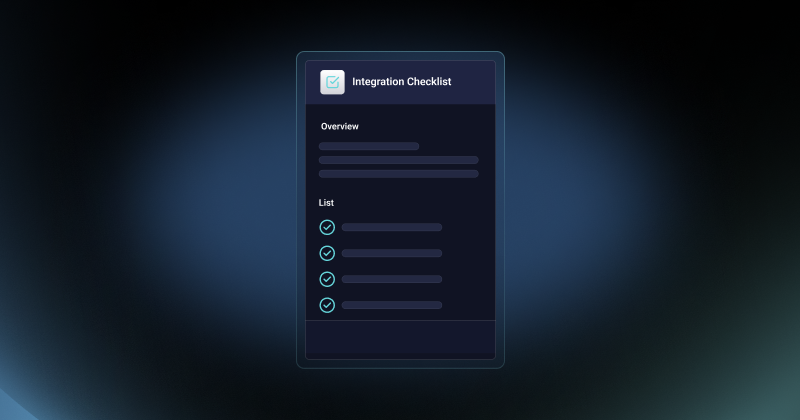
Six Signs You Need an Embedded Integration PlatformGet the checklist with the six signs that you need an embedded integration platform.
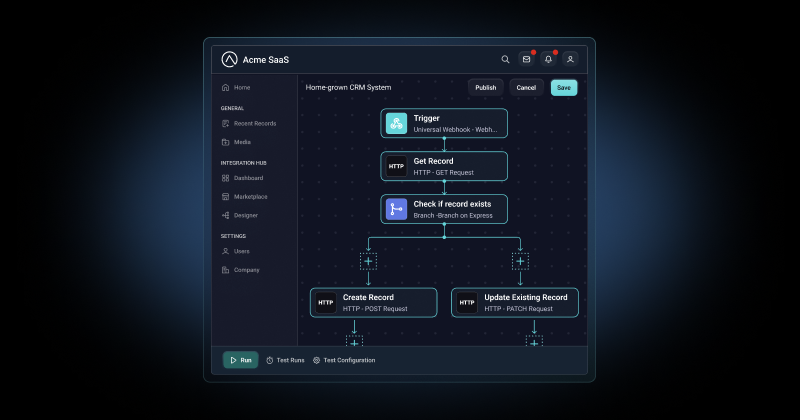
Integration Strategy for B2B SaaSLearn what goes into an integration strategy, including tools, prioritization, roadmaps, tech partnerships, requirements, and more.

Unlocking SaaS Potential: The Strategic Role of Embedded Integration PlatformsEmbedded integration platforms can increase your revenue, simplify your integration delivery, and make your customers happier than they've ever been.
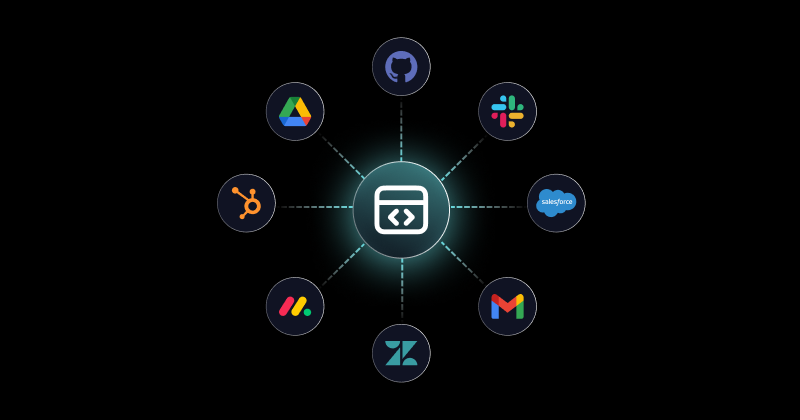
API Integrations: A Beginner's Guide with Key Terms You Should KnowAPI integrations are everywhere in modern business. Learn what they are, how they work, and terms you should know.
Get a Demo
Ready to ship integrations 10x faster?
Join teams from Fortune 500s to high-growth startups that have transformed integrations from a bottleneck into a growth driver.